Family Adoxaceae Rank Species | Higher classification Viburnum | |
Similar Viburnum, Viburnum nudum, Viburnum dentatum, Viburnum lentago, Ilex decidua | ||
Viburnum rufidulum, also known as the rusty blackhaw, blue haw, rusty nanny-berry, or southern black haw, is a flowering species of shrub or small tree that is common in parts of the Eastern and Central United States. It produces attractive flowers and fall foliage, as well as fruits that are popular with some species of bird.
Contents
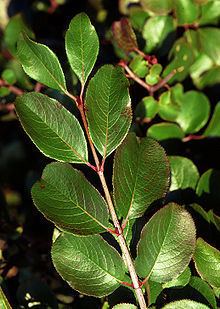
Description
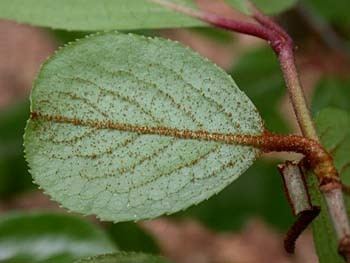
Leathery deciduous leaves are simple and grow in opposite blades ranging from 0.5-3 inches in length and 1-1.5 inches in width. Petioles are "rusty hairy" with grooves and sometimes wings. Leaf margins are serrate. Autumn leaf colors are bronze to red.
Twigs range in color from "reddish brown to gray"; young twigs are hairy, and get smoother with age.
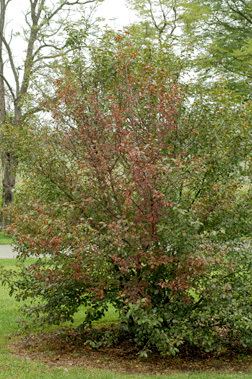
Bark is similar that of the flowering dogwood, ranging in color from "reddish brown to almost black" and forming "blocky plates on larger trunks".
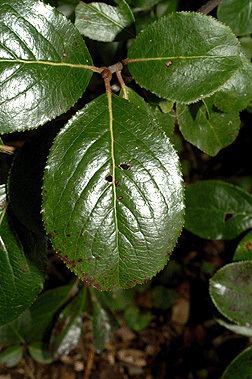
Viburnum rufidulum blooms in April to May with creamy white flowers that are bisexual, or perfect and similar to those of other Viburnum species, but with clusters as large as six inches wide.
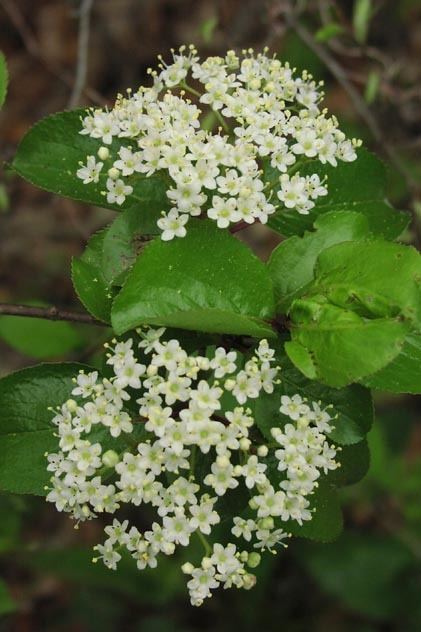
The fruits are purple or dark blue, glaucous, globose or ellipsoid drupes that mature in mid to late summer. The fruit has been said to taste like raisins and attract birds.
Distribution
The rusty blackhaw prefers dry habitats with elevations generally below 750m.
It grows in Alabama, Arkansas, Florida, Georgia, Illinois, Indiana, Kansas, Kentucky, Louisiana, Mississippi, Missouri, North Carolina, Ohio, Oklahoma, South Carolina, Tennessee, Texas, Virginia, and West Virginia.
Use
It is occasionally used as an ornamental plant. It was used to cure rust.
Similar species
See Viburnum prunifolium (blackhaw). Petioles of V. prunifolium do not have the rusty hairs that those of V. rufidulum do.
